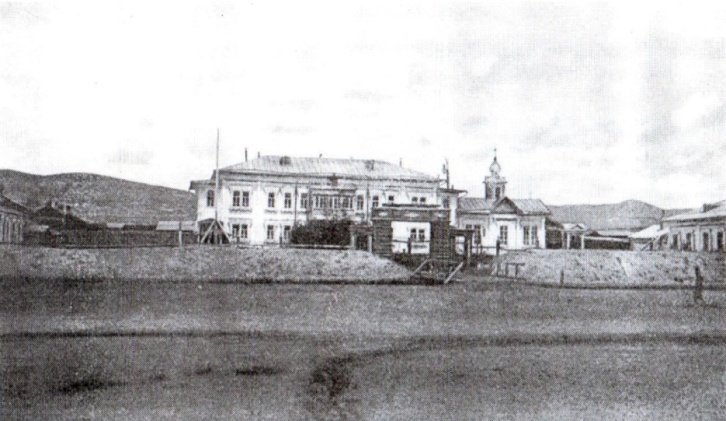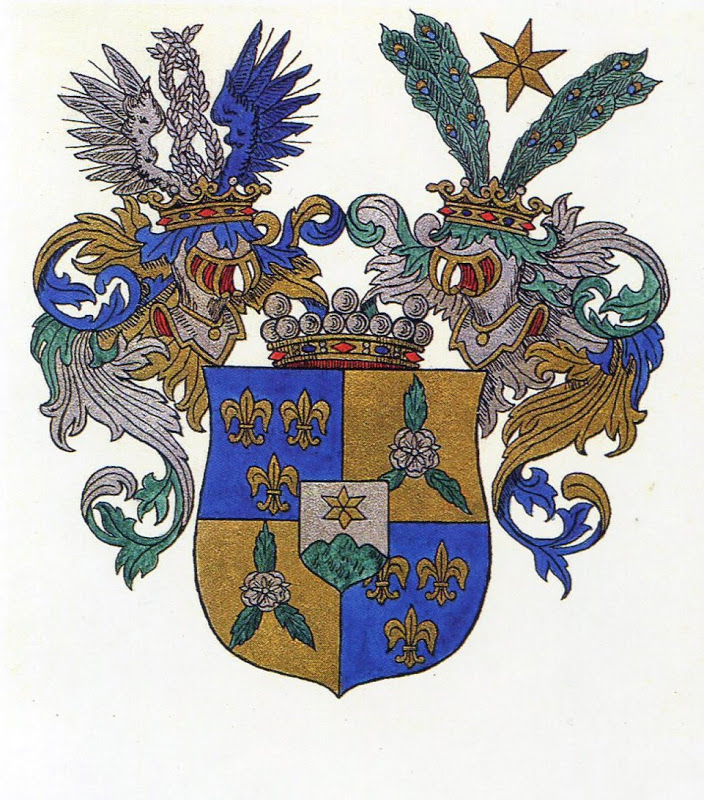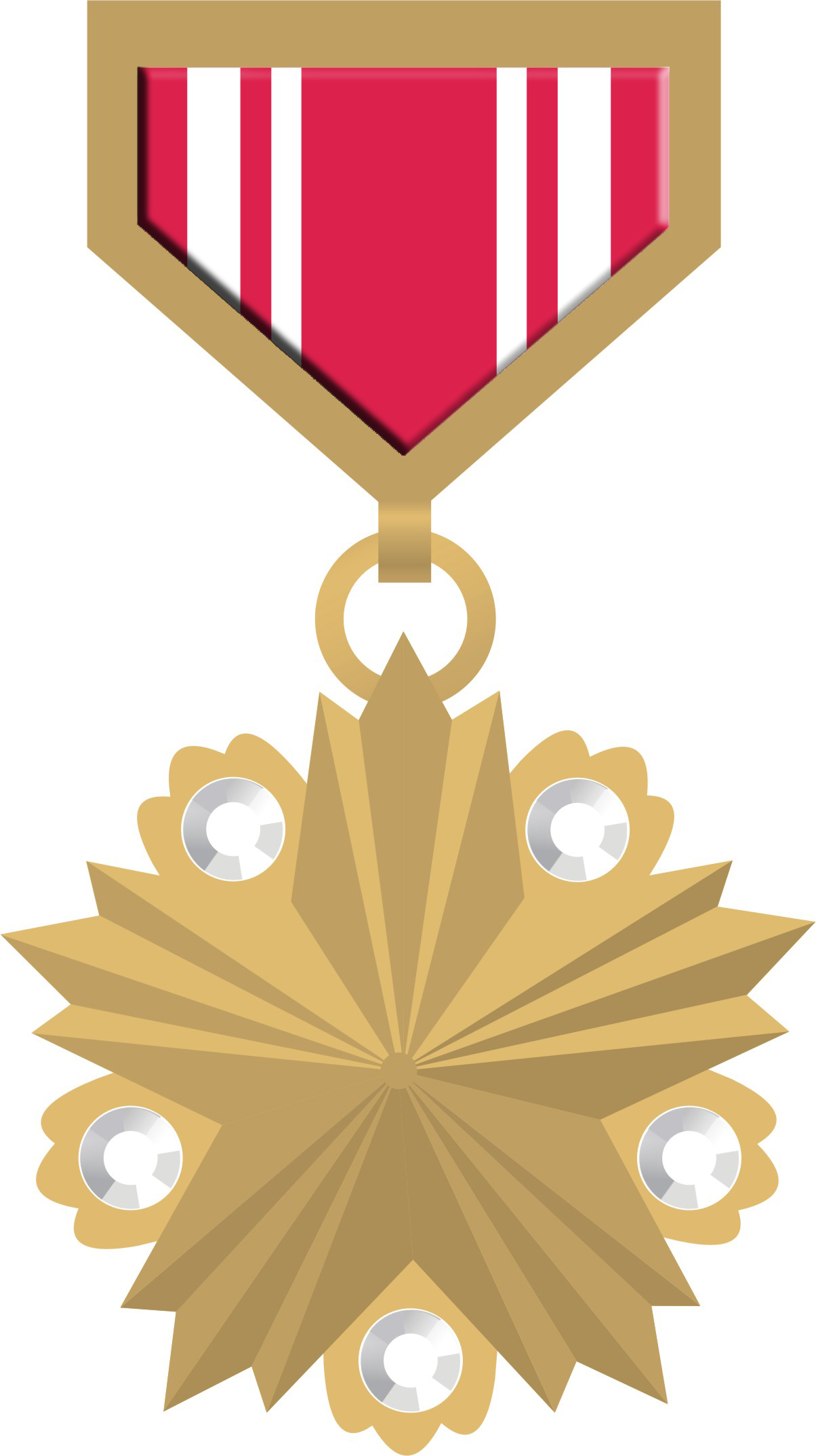|
Dogsomyn Bodoo
Dogsomyn Bodoo, (1885–1922) was a prominent early 20th century Mongolian politician who was one of the founding members of the Mongolian People's Revolutionary Party. He was elected leader of the provisional revolutionary government and following the Outer Mongolian Revolution of 1921 became the country's first Prime Minister from July 1921 to January 1922. A power struggle led to his resignation on January 7, 1922. He was subsequently charged with treason for conspiring to overthrow the government, and was executed on August 31, 1922. Early life Bodoo was born in 1885 in Mandshir Hutagt in present-day Töv Province. He obtained his elementary education at the Manjusri Monastery and then studied at the Mongolian Language and Literature School in Khüree (present-day Ulan Bator). He later became a scribe at the ''Shaviyn Yaam'' (religious affairs office) and then a Mongolian Language teacher at the Russian-Mongolian School for Translators. He was literate in Mongolia ... [...More Info...] [...Related Items...] OR: [Wikipedia] [Google] [Baidu] |
Dambyn Chagdarjav
Dambyn Chagdarjav ( Mongolian: Дамбын Чагдаржав; ; 1880 – August 31, 1922) was a Mongolian revolutionary and one of the “first seven” founders of the Mongolian People's Party (MPP) in 1920. He was named prime minister of Mongolia’s provisional government at the first MPP Congress in March 1921 but was subsequently replaced by Dogsomyn Bodoo after just a month in office. In the spring of 1922 a power struggle led to his being accused of conspiring to overthrow the revolutionary government. He was arrested and executed along with prime minister Bodoo on August 31, 1922. Early life and career Chagdarjav was born in 1880 in present-day Selenge Province. He was a member of the quasi-provisional government established in Khüree in 1911 as the Qing dynasty of China was collapsing and was later appointed Minister of Finance under the Bogd Khan's first government. He took part in negotiations during the Kyakhta Conference in which Mongolia sought international ... [...More Info...] [...Related Items...] OR: [Wikipedia] [Google] [Baidu] |
Harbin
Harbin (; mnc, , v=Halbin; ) is a sub-provincial city and the provincial capital and the largest city of Heilongjiang province, People's Republic of China, as well as the second largest city by urban population after Shenyang and largest city by metropolitan population (urban and rural together) in Northeast China. Harbin has direct jurisdiction over nine metropolitan districts, two county-level cities and seven counties, and is the eighth most populous Chinese city according to the 2020 census. The built-up area of Harbin (which consists of all districts except Shuangcheng and Acheng) had 5,841,929 inhabitants, while the total metropolitan population was up to 10,009,854, making it one of the 50 largest urban areas in the world. Harbin, whose name was originally a Manchu word meaning "a place for drying fishing nets", grew from a small rural settlement on the Songhua River to become one of the largest cities in Northeast China. Founded in 1898 with the coming of th ... [...More Info...] [...Related Items...] OR: [Wikipedia] [Google] [Baidu] |
Deel (clothing)
A ( mn, /дээл ; bua, дэгэл ) is an item of traditional clothing commonly worn since centuries ago among the Mongols, Turkic, and Tungusic peoples and can be made from cotton, silk, wool, or brocade. The is still commonly worn by both men and women outside major towns, especially by herders. In urban areas, s are mostly only worn by elderly people, or on festive occasions. The appears similar to a caftan or an old European folded tunic. s typically reach to below the wearer's knees and fan out at the bottom and are commonly blue, olive, or burgundy, though there are s in a variety of other colors. Description The looks like a large overcoat when not worn. Instead of buttoning together in the middle, the sides are pulled against the wearer's body, the right flap close to the body with the left covering. On the right side of the wearer are typically 5 or 6 clasps to hold the top flap in place. There is one clasp below the armpit, three at the shoulder, and either ... [...More Info...] [...Related Items...] OR: [Wikipedia] [Google] [Baidu] |
Mongolian Revolutionaries
Mongolian may refer to: * Something of, from, or related to Mongolia, a country in Asia * Mongolian people, or Mongols * Mongolia (1911–24), the government of Mongolia, 1911–1919 and 1921–1924 * Mongolian language * Mongolian alphabet * Mongolian (Unicode block) * Mongolian cuisine * Mongolian culture Other uses * Mongolian idiocy, now more commonly referred to as Down syndrome See also * * Languages of Mongolia * List of Mongolians * Mongolian nationalism (other) * Mongolian race (other) * Mongoloid (other) {{disambiguation Language and nationality disambiguation pages ... [...More Info...] [...Related Items...] OR: [Wikipedia] [Google] [Baidu] |
Roman Von Ungern-Sternberg
Nikolai Robert Maximilian Freiherr von Ungern-Sternberg (russian: link=no, Роман Фёдорович фон Унгерн-Штернберг, translit=Roman Fedorovich fon Ungern-Shternberg; 10 January 1886 – 15 September 1921), often referred to as Roman von Ungern-Sternberg or Baron Ungern, was an anticommunist general in the Russian Civil War and then an independent warlord who intervened in Mongolia against China. A part of the Russian Empire's Baltic German minority, Ungern was an ultraconservative monarchist who aspired to restore the Russian monarchy after the 1917 Russian Revolutions and to revive the Mongol Empire under the rule of the Bogd Khan. His attraction to Vajrayana Buddhism and his eccentric, often violent, treatment of enemies and his own men earned him the sobriquet "the Mad Baron" or "the Bloody Baron". In February 1921, at the head of the Asiatic Cavalry Division, Ungern expelled Chinese troops from Mongolia and restored the monarchic power of the Bog ... [...More Info...] [...Related Items...] OR: [Wikipedia] [Google] [Baidu] |
Kyakhta
Kyakhta (russian: Кя́хта, ; bua, Хяагта, Khiaagta, ; mn, Хиагт, Hiagt, ) is a town and the administrative center of Kyakhtinsky District in the Republic of Buryatia, Russia, located on the Kyakhta River near the Mongolia–Russia border. The town stands directly opposite the Mongolian border town of Altanbulag. Population: From 1727 it was the border crossing for the Kyakhta trade between Russia and China. Etymology The Buryat name means ''place covered with couch grass,'' and is derived from Mongolian word , meaning ''couch grass''. Geography The region where Kyakhta stands is advantageous for Russo-Chinese trade. The Siberian River Routes connect the fur-bearing lands of Siberia to Lake Baikal. From there, the Selenga River valley is the natural route through the mountains southeast of Lake Baikal out onto the plains of Mongolia. History Kyakhta was founded in 1727 soon after the Treaty of Kyakhta was negotiated just north at Selenginsk. It was th ... [...More Info...] [...Related Items...] OR: [Wikipedia] [Google] [Baidu] |
Mongolian People’s Party
The Mongolian People's Party (MPP) is a social democratic political party in Mongolia. It was founded as a communist party in 1920 by Mongolian revolutionaries and is the oldest political party in Mongolia. The party played an important role in the Mongolian Revolution of 1921, which was inspired by the Bolsheviks' October Revolution. Following independence, it governed Mongolia as a one-party socialist state. The party changed its name to the Mongolian People's Revolutionary Party (MPRP) and joined the Communist International in 1924. As the MPRP, the party was organized on the basis of democratic centralism, a principle conceived by Vladimir Lenin which entails democratic and open discussion on policy on the condition of unity in upholding the agreed upon policies. The highest body of the party was the Party Congress, convened every fifth year. When the Party Congress was not in session, the Central Committee was the highest body, but since they met normally only once a year, ... [...More Info...] [...Related Items...] OR: [Wikipedia] [Google] [Baidu] |
Damdin Sükhbaatar
Damdin Sükhbaatar ( mn, Дамдины Сүхбаатар, Damdinii Sühbaatar, ; February 2, 1893 – February 20, 1923) was a Mongolian communist revolutionary, founding member of the Mongolian People's Party, and leader of the Mongolian partisan army that took Khüree during the Outer Mongolian Revolution of 1921. For his part in the Outer Mongolian revolution of 1921, he was enshrined as the "Father of Mongolia's Revolution". Early life Sükhbaatar (literally "Axe Hero" in Mongolian) was born in present-day Ulaanbaatar, the Chinese trading settlement some kilometers east of Ikh Khüree (later Niislel Khüree, now Ulaanbaatar), as the third of four children. His parents had deserted their home banner in Setsen Khan aimag, and his father lived from odd jobs and as a day laborer. When Sükhbaatar was six, the family moved close to the Russian consulate. It was from playing with the Russian children that he learnt to speak some Russian. At the age of 14, Sükhbaatar ha ... [...More Info...] [...Related Items...] OR: [Wikipedia] [Google] [Baidu] |
Dansrabilegiin Dogsom
Dansranbilegiin Dogsom ( mn, Дансранбилэгийн Догсом; 1884 – July 27, 1941) was a prominent Mongolian revolutionary leader and post-Revolution political figure in Mongolian People's Republic. He served as Chairman of the Presidium of the State Little Khural (titular head of state) of the Mongolian People's Republic from 1936 until he was purged in 1939. Early life and career Dogsom was born in 1884 in present-day Bayan-Ovoo district of Khentii Province. Literate at an early age, he first worked as a scribe in his district and provincial assemblies, and then at the ministry of finance during the Bogd Khaanate. In 1915 he participated as a scribe in negotiations that led to the Treaty of Kyakhta. Outer Mongolian revolution of 1921 In 1919 Dogsom joined the revolutionary resistance group Züün Khüree (East Khüree), which counted Soliin Danzan and Damdin Sükhbaatar among its members. On June 25, 1920, Züün Khüree merged with the Konsulyn Denj group ... [...More Info...] [...Related Items...] OR: [Wikipedia] [Google] [Baidu] |
Soliin Danzan
Soliin Danzan ( mn, Солийн Данзан; 1885–1924)Batbayar, Ts. (1996). ''Modern Mongolia: A Concise History.'' Offset Printing, Mongolian Center for Scientific and Technological Information was a central figure in Mongolia's early revolutionary movement. He was a founding member of the Mongolian People's Party (later renamed the Mongolian People's Revolutionary Party or MPRP) in 1919 and later served as chairman of the Party Central Committee in 1921. Danzan orchestrated the purge and execution of Mongolia's first prime minister, Dogsomyn Bodoo in 1922, but then was himself purged and executed in 1924. Early life and revolution Danzan was born in Tüsheet Khan Province in 1885. As a young man he made his living as a horse thief. Later he went on to work in Niislel Khüree (present day Ulaanbaatar) as a customs official in the Ministry of Finance. In 1919 Danzan, Dansrabilegiin Dogsom, and Damdin Sükhbaatar together established the clandestine nationalist group ... [...More Info...] [...Related Items...] OR: [Wikipedia] [Google] [Baidu] |
Khorloogiin Choibalsan
Khorloogiin Choibalsan ( mn, Хорлоогийн Чойбалсан, spelled ''Koroloogiin Çoibalsan'' before 1941; 8 February 1895 – 26 January 1952) was the leader of Mongolia (Mongolian People's Republic) and Marshal (general chief commander) of the Mongolian People's Army from the 1930s until his death in 1952. His rule marked the first and last time in modern Mongolian history that an individual had complete political power. Sometimes referred to as the "Stalin of Mongolia", Choibalsan oversaw purges in the late 1930s that resulted in the deaths of an estimated 30,000 to 35,000 Mongolians. Most of the victims were Buddhist clergy, intelligentsia, political dissidents, ethnic Buryats and Kazakhs, and others perceived as "enemies of the revolution." While Choibalsan's alliance with Joseph Stalin helped preserve his country's fledgling independence during the early years of the Mongolian People's Republic (MPR), it also brought Mongolia closer to the Soviet Union. T ... [...More Info...] [...Related Items...] OR: [Wikipedia] [Google] [Baidu] |
Darizavyn Losol
Darizavyn Losol ( mn, Дарьжавын Лосол ; April 15, 1890 – July 25, 1940) was a revolutionary leader and post-Revolution governmental figure in Mongolia until he was purged in 1939. Early life Losol (or "Darizhavyn" or "Darijavyn") was born into a herdsman's family on April 15, 1890 in present-day Batnorov district, Khentii Province. He entered a local monastery at age nine and then moved to Khüree (present day Ulaanbaatar) three years later to pursue his education at Gandan Monastery. Between 1908 and 1911 he self-financed travel through Manchuria to Peking as well as to St. Petersburg and Moscow. Losol joined the army of Autonomous Mongolia in 1911 after the country had formally declared its independence from Chinese rule and took part in battles against Chinese forces on the south-east border in 1913. Outer Mongolian Revolution of 1921 In 1918 Losol along with Dambyn Chagdarjav, Khorloogiin Choibalsan and Dogsomyn Bodoo founded the Konsulyn Denj (''К ... [...More Info...] [...Related Items...] OR: [Wikipedia] [Google] [Baidu] |







